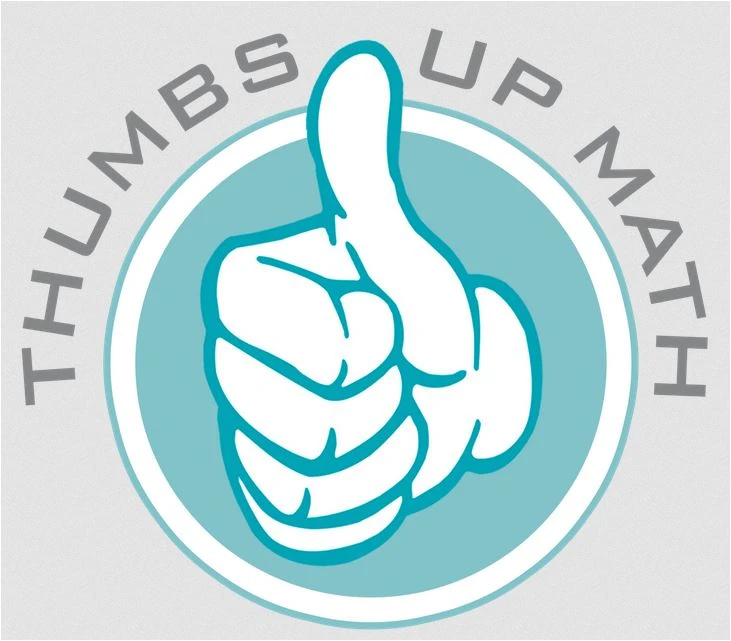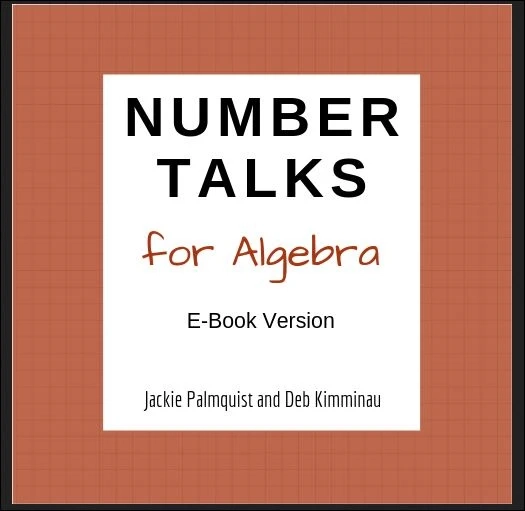Developing strong number sense is a crucial step in fostering mathematical understanding. Engaging in Number Sense activities helps students connect numerical concepts, improve mental math skills, and build confidence in problem-solving. These activities encourage students to explore numbers, identify patterns, and think critically about mathematical relationships.
When paired with focused tools like number sense fluency drills, educators can ensure students not only grasp foundational concepts but also apply them efficiently in real-world scenarios.
Why Number Sense is Essential
Number sense refers to a student’s ability to understand, interpret, and work flexibly with numbers. It encompasses skills such as estimating, recognizing patterns, and understanding relationships between quantities.
The Benefits of Strong Number Sense
● Improved Problem-Solving: Students can approach mathematical challenges with confidence and creativity.
● Better Mental Math: Enhanced ability to calculate quickly and accurately without relying on written methods.
● Foundation for Advanced Math: Strong number sense provides the groundwork for understanding more complex topics, such as algebra and calculus.
Activities to Enhance Number Sense
A well-rounded math curriculum integrates various Number Sense activities to help students deepen their numerical understanding. These activities are designed to be interactive, engaging, and adaptable to different learning levels.
1. Estimation Challenges
Estimation helps students develop a sense of magnitude and accuracy. Activities might include guessing the total number of objects in a jar or estimating distances in a classroom setting. These exercises encourage logical reasoning and reinforce numerical intuition.
2. Pattern Recognition
Recognizing and predicting patterns strengthens mathematical reasoning. Activities can include identifying sequences, creating patterns using objects, or solving puzzles that require students to identify the rule governing a pattern.
3. Fraction and Decimal Exploration
Hands-on activities involving fractions and decimals foster a deeper understanding of equivalence and relationships. Students can use visual aids like fraction bars or number lines to compare values and solve problems.
4. Whole-Part Relationships
Encouraging students to break numbers into smaller parts and reassemble them aids in mental math. This skill is particularly useful in addition, subtraction, and multiplication. For example, 25 + 47 can be approached as (20 + 40) + (5 + 7).
5. Real-Life Applications
Using real-world examples like budgeting or measuring helps students see the practical importance of number sense. Activities can involve calculating discounts, comparing prices, or planning a mock shopping trip.
The Role of Number Sense Fluency Drills
Fluency drills are an essential complement to exploratory activities. While activities focus on deep understanding, drills enhance speed and accuracy in computations. Number Sense fluency drills involve repetitive practice with key concepts, ensuring students can retrieve numerical facts quickly and apply them effortlessly.
Types of Fluency Drills
● Timed Math Challenges: Quick exercises focused on addition, subtraction, multiplication, and division.
●Mixed Operations: Drills combining multiple operations to test versatility and adaptability.
●Fraction Conversions: Practice converting fractions to decimals and percentages, reinforcing equivalence.
These drills improve computational speed and boost confidence, allowing students to easily tackle complex problems.
Strategies for Effective Implementation
1. Incorporate Variety
Using diverse number sense activities and drills keeps students engaged and prevents monotony. Rotate between estimation, pattern recognition, and fluency exercises to address different aspects of number sense.
2. Encourage Discussion
Mathematical discourse helps students articulate their thought processes. Encourage group activities and peer discussions to uncover misconceptions and share strategies.
3. Use Visual Aids
Visual representations such as charts, number lines, and diagrams make abstract concepts more tangible. For instance, a number line can clarify addition and subtraction involving negative numbers.
4. Tailor to Individual Needs
Assess each student’s strengths and weaknesses to provide targeted support. For students struggling with specific concepts, additional number sense fluency drills can help reinforce foundational skills.
5. Integrate Technology
Educational software and apps offer interactive exercises and instant feedback, making learning more dynamic and personalized.
Conclusion
Building a strong mathematical foundation starts with developing number sense through engaging and effective methods. Incorporating Number Sense activities into the curriculum allows students to explore numerical concepts creatively, while Number Sense fluency drills ensure accuracy and speed in computations. Together, these strategies empower students to approach math with confidence and succeed in more advanced topics.
Fostering number sense isn’t just about solving equations—it’s about nurturing a lifelong understanding of and appreciation for mathematics.


